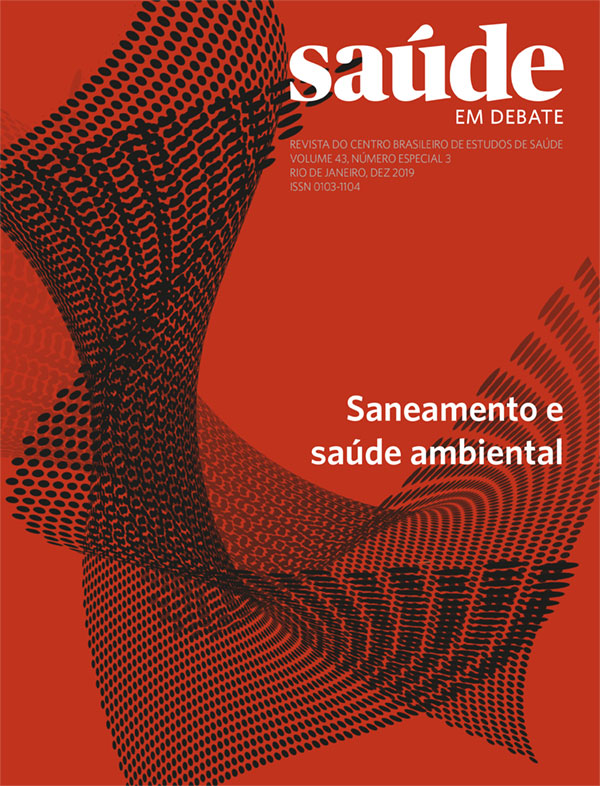Overview of research on the treatment and reuse of effluents from the antibiotics industry
Keywords:
Drug industry. Anti-bacterial agents. Industrial effluent treatment. Drug resistance, bacterial. Wastewater use.Abstract
This work carried out an integrative review of scientific articles indexed between 2007 and 2017 in different databases on treatment and reuse of effluents from the antibiotic industry. Thirty-one articles were found and only four addressed effluent reuse, and one used a full-scale treatment system. Most of these studies were conducted in Asia, with emphasis on China. In Brazil, which is one of the largest producers and consumers of drugs in the world, this type of research is still incipient. The most commonly found processes were oxidative advanced processes that showed greater efficiency in removing antibiotics, but may generate by-products,
which might pose an even greater risk depending on the substance formed. Biological processes must first be acclimated to antibiotics in order not to be impacted, however, the release of these resistant microorganisms into the water bodies also presents an environmental risk. Biological integrated membrane systems were also very efficient, but attention should be given to the risk in the final destination of these membranes that were able to retain those compounds. Overall, further studies on this approach are needed to reduce the risks of developing multi-resistant
microorganisms in the environment.
Downloads
Published
How to Cite
Issue
Section
License
Copyright (c) 2022 Saúde em Debate

This work is licensed under a Creative Commons Attribution 4.0 International License.


















